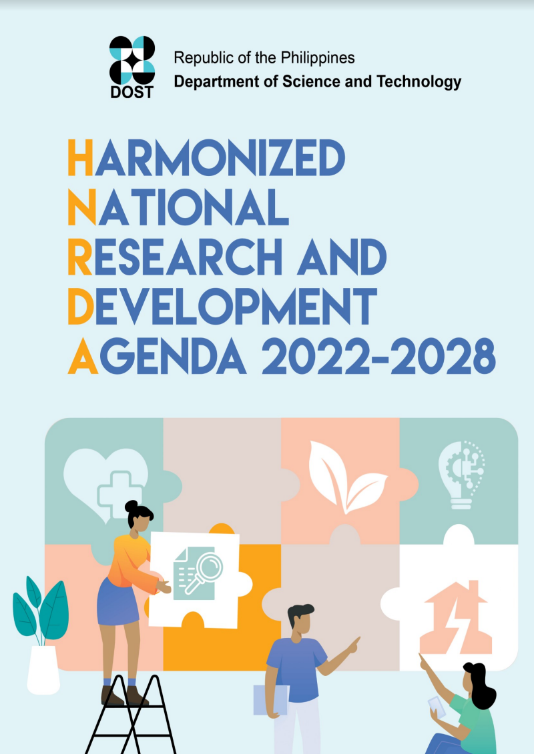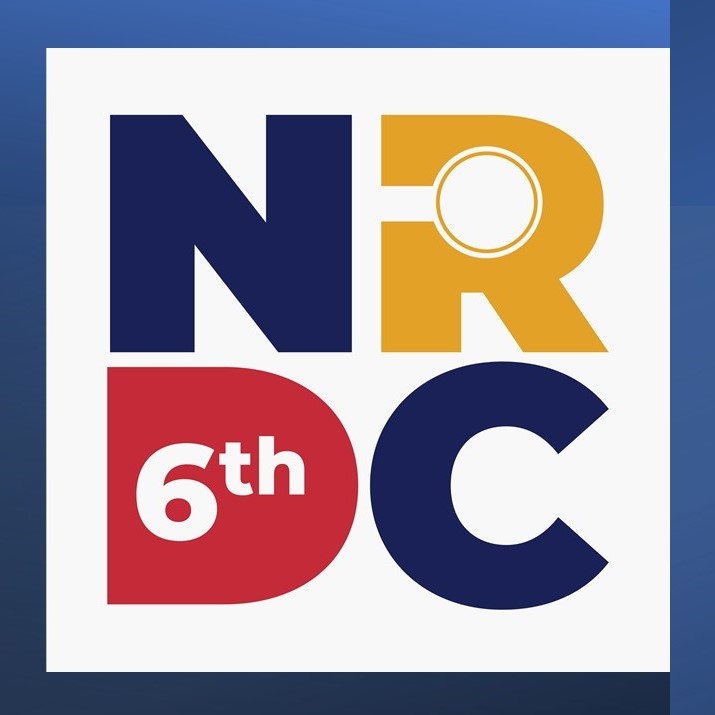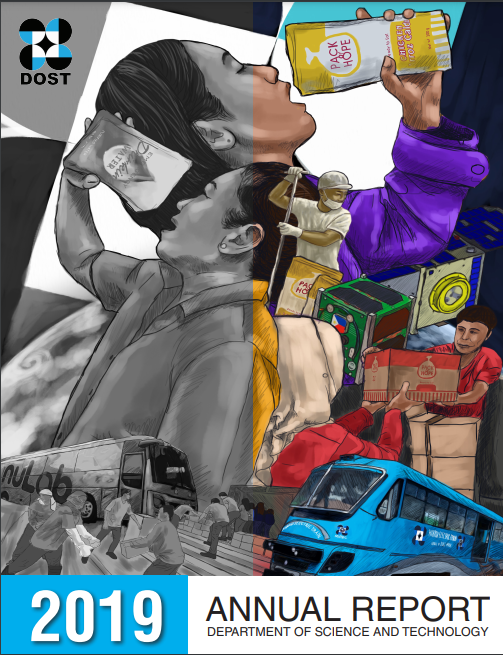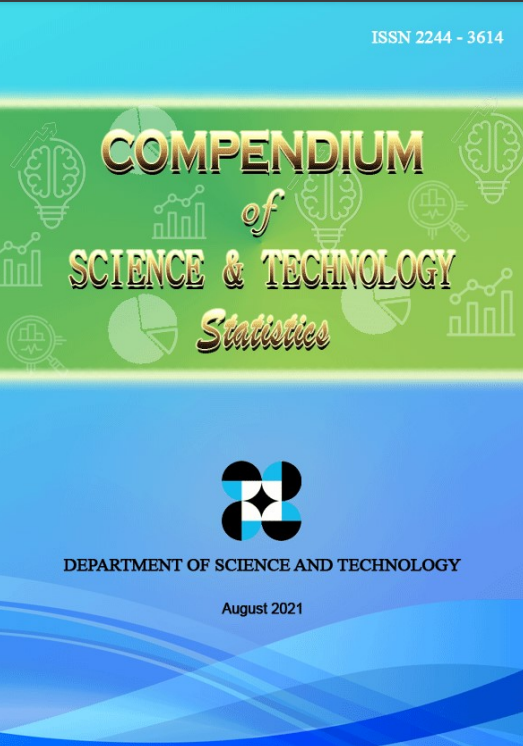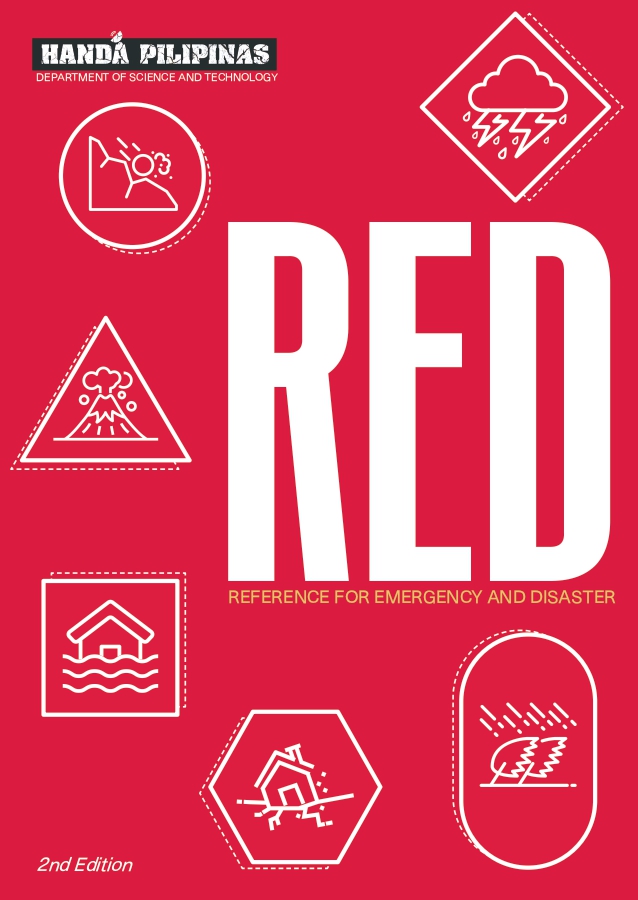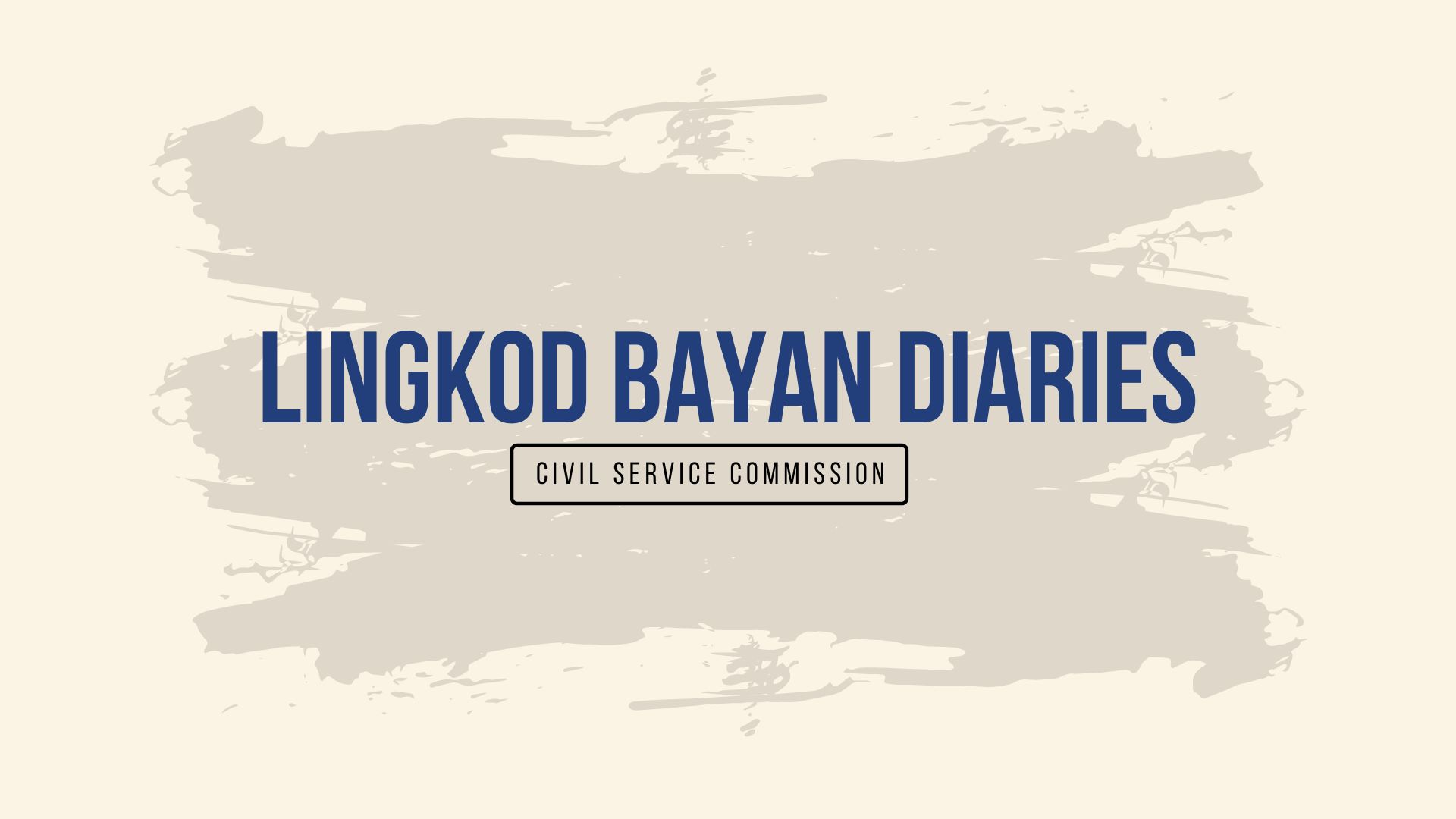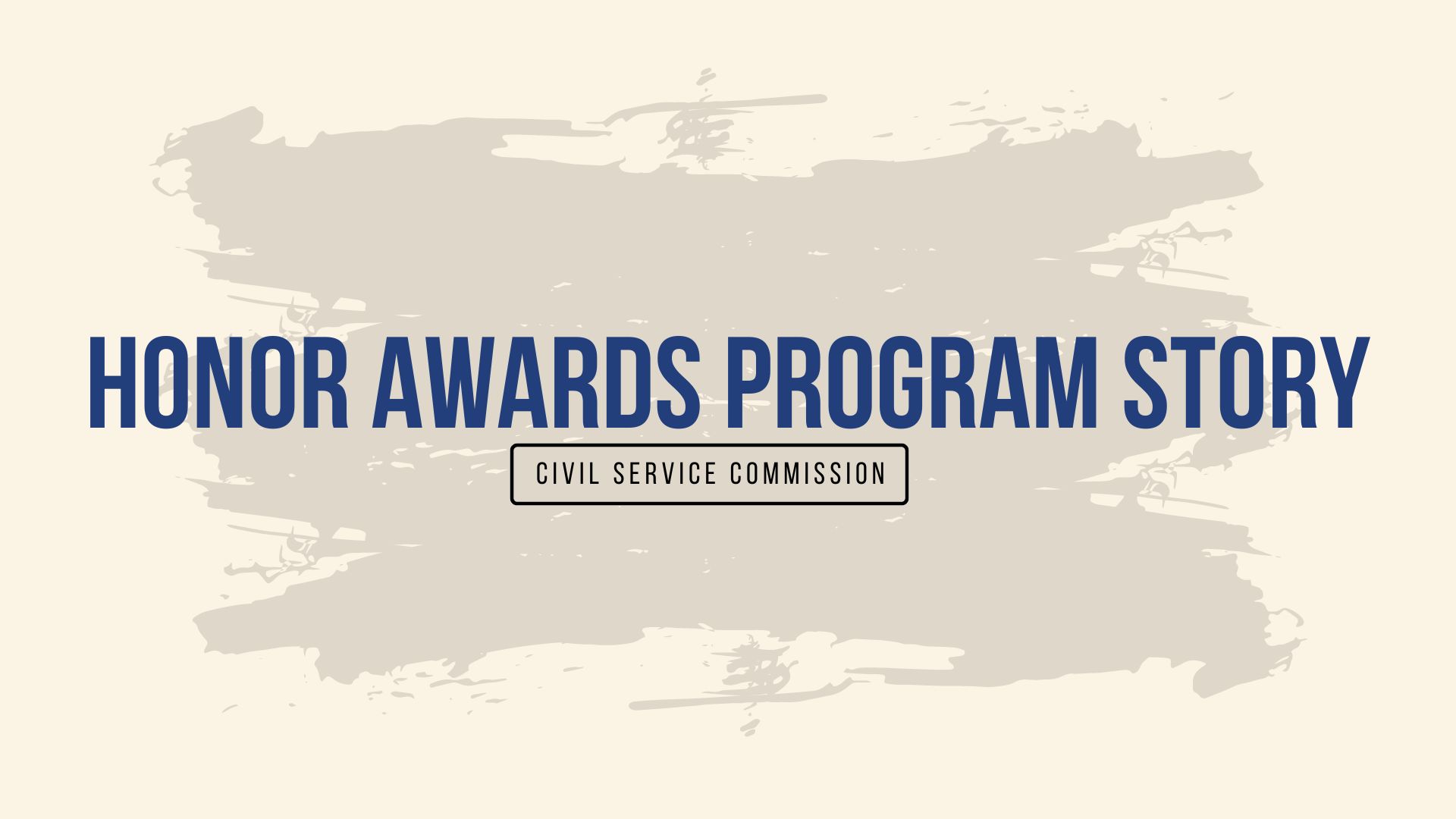DOST-funded software to help call center agents, students speak better English
- Details
- Hits: 6943
The Philippine call center sector, called the sunshine industry a few years back, is set for even brighter days ahead as it receives a much needed boost with the release of a language training software that aims to teach Juan dela Cruz how not to mix his Fs and Ps and speak better English.
The Department of Science and Technology (DOST), through its sectoral council, the Philippine Council for Industry, Energy and Emerging Technology Research and Development (PCIEERD), in partnership with the University of the Philippines Diliman, launched the trial version of the software, called the “Learning English Application for Pinoys” or LEAP last November 22 at the Eastwood Richmonde Hotel in Quezon City.
Program LEAP is categorized under Project 7 of the ICT for Education Inter-disciplinary Signal Processing for Pinoys Program, or ISIP, which is part of DOST’s Engineering Research and Development for Technology initiative.
A computer-based stand-alone training system, LEAP is a supplementary tool to prepare high school and college students for the call center industry in a bid to help the country regain its footing as a stronghold of English language competency and push it further into the forefront of the global BPO industry.
“DOST supports this project in the hope of raising the level of skills and competencies of Filipinos working in the BPO industry or seeking employment in the BPO industry or any other industry for that matter,” said DOST Secretary Mario G. Montejo in his keynote speech read by Dr. Rowena Cristina L. Guevara, PCIEERD executive director.
During the launch, Dr. Susan P Festin, ISIP 7 project leader, cited a study by the Social Weather Station which indicated that Filipinos’ English language ability has been sliding since 1993. Another study, undertaken in 2005, found that the hiring rates of IT-BPO companies in the country were only four to six percent, with poor English skills cited as a major drawback.
Earlier, Dr. Guevara delivered the welcome remarks at the launch attended by representatives from the Department of Education (DepEd), Commission on Higher Education (CHED), Business Processing Association of the Philippines (BPAP), and the Department of Trade and Industry-Board of Investments (DTI-BOI), among others. “We have realized that science and technology, and the number of people who are doing science and technology, are very good indicators of progress,” said Dr. Guevara.
The newly launched trial version constitutes half of the LEAP software covering a 10-module Language Training Program. The Linux and Windows-based program tackles the groundwork for English fluency—from tenses, pronouns and prepositions, to idioms and other basic topics related to grammar and vocabulary.
The other half of the software features its Speech Training Program which will tackle Filipinos’ common speech lapses, among others.
The launch was highlighted by a demonstration and presentation of the software courtesy of Dr. Festin and the turnover and distribution of LEAP CDs. Demo computers were also available to allow guests to try out the trial version and have a glimpse of LEAP’s Speech Module.
Prior to the launch, the software underwent usability testing in various schools including the Bulacan State University and Negros Oriental State University, among others.
Investing in healthcare innovation
- Details
- Hits: 7023
“A healthy citizenry equals a productive citizenry, equals a productive country.” Department of Science and Technology (DOST) Region XI Assistant Regional Director Elsie Mae A. Solidum thus summed up her talk titled “Why it makes sense to invest in healthcare innovation” during the recent Innovation Expo 2012 held at the Abreeza Mall in Davao City.
Bringing the Expo to the provinces such as Davao is very important, Solidum said. This is due to the fact that the quality of health service in rural districts especially the far-flung regions is crippled because of the strong demand for highly skilled medical professionals in the big, progressive cities, making doctors and nurses flock to these urban areas. Connectivity and accessibility to expert medical care then become serious problems in these localities.
This is where technology can bridge the gap, without necessarily adding cost to the service, said Solidum. The DOST official mentioned cellular phones and the Internet as strong, reliable tools to create such connectivity between doctors, nurses, and patients.
Innovation Expo is a project of DOST’s Information and Communications Technology Office and ICT Davao, in partnership with the Regional Health Research and Development Consortium-XI (RHRDC-XI). Bannered the theme “Enabling Innovation in Healthcare, Creative and ICT Industries”, the Expo was held in November to inform players of said industries and the public on the need to maximize the use of technological trends in the profession and promote the adoption of locally developed ICTs.
The initiative is in line with DOST Sec. Mario Montejo’s pitch of developing and using local technologies and the Department’s current thrusts of pushing further to the frontlines the healthcare and IT-business process outsourcing (BPO) industries. DOST-XI Regional Director Anthony Sales gave full support to the Expo, in regard to the fact that Davao tops the Next Wave Cities, or areas outside Metro Manila and Cebu that have the strongest potentials as BPO hub.
In affirming DOST’s commitment in support of advancements and modernization of the local health care sector, Solidum stated that the Department fulfills this task via its sectoral council, the Philippine Council for Health Research and Development. The council formulates policies, develops strategies, implements projects, and provides funding as it strengthens the feasibility and impact of these health innovations.
Meanwhile, in another talk, Engr. Wilfredo Nadela, vice president of Segworks Technologies Corporation said, “If we need our health care organizations to be more cost-effective, more organized, and more efficient, there is no other way but to invest in healthcare innovation.” Segworks is a frontrunner in southern Mindanao’s software industry.
Nadela discussed two dynamic areas in which hospitals and health facilities can effectively put innovations in place: IT tools and health information system portals.
According to him, IT tools which include electronic-based medical histories and records of patients will help assist physicians in evidence-based decision making. Health information system portals, on the other hand, will allow patients, doctors, and nurses to log on to their own secure portals for the necessary information – from the patient’s medical history, health status and progress, to medication, treatment and procedures.
“Personally, I think the Philippines needs health care innovations. China, Vietnam, and Singapore have better health care systems than we do,” claimed Nadela.
Adrian Flores, CEO of X2 Wave Corporation, a Davao-based software company specializing in health care solutions, further illustrated the benefits of incorporating results-driven technology within hospital systems via a presentation of the company’s high-impact software solutions. Among these is the Electronic Medical Record which has the full capability of sharing patient information with any health care facility or doctor as the need arises.
Innovation Expo 2012, which likewise served as a show window for Filipinos’ potential and high level of expertise in ICT, was attended by medical professionals, IT product developers, vendors, BPO service providers, and students, among others.
Green signs for biotechnology-based industries in PH
- Details
- Hits: 7767
The biotech-based industry in the country may not be driving as fast but several go signals ahead are sure to keep it running into full speed.
One green sign is House Bill 844 or “An Act Promoting the Growth of Biotechnology Industry in Philippines and the Creation of Wealth from Biodiversity” filed by the AGHAM party-list.
One of the bill’s features is the establishment of the “Philippine Bioindustry R&D Center” to develop and market competitive biologically-based technologies and products. The Center also aims to harness the country’s biodiversity in developing competitive products for the world market, and to manage Biotechnology Research Fund that will support off-Center R&D and research fellowship and training program; among other functions.
According to AGHAM Representative Angelo Palmones, author of the bill, the Center shall exist as a government owned and controlled corporation or GOCC for a maximum period of 10 years, after which it shall be sold-off to the private sector. It will have a funding of P500M from the Agricultural Competitive Enhancement Fund to cover its operations for 10 years.
Another provision of the bill is the setting up of the Biotechnology Guarantee Fund amounting to P500M to provide guarantee for venture capital invested by biotechnology companies. Companies and company start-ups may also avail of incentives in the form of income tax deduction, exemption and credit, and other forms of incentives from the Board of Investments, Philippine Export Processing Zone and Barangay Micro Business Enterprise.
Palmones discussed the bill in his keynote speech on the opening of the 8th National Biotechnology Week (NBW) at the Gateway Mall in Cubao. Quezon City. The NBW featured symposiums and exhibits that promote biotechnology products developed by Filipinos for Filipinos specifically for better health of the people, and protection and conservation of the country’s environment.
With the tagline “OK ang 5K (Kalikasan, Kalusugan, Kagandahan, Kabuhayan at Kaunlaran) sa Pangkalahatan Kalusugan: Mamamayan at Kalikasan,” the celebration is spearheaded by Department of Health Secretary Enrique T. Ona in collaboration with the Departments of Science and Technology (DOST), Agriculture, Education, environment and natural resources, trade and industry, interior and local government, and Commission on Higher Education.
“We have five days to clarify with technology generators the many misconceptions about biotechnology products and gain better perspectives as to their effects to health and environment,” Palmones said.
Palmones admitted that the NBW should have been better if, along with supporters and advocates of biotech, there were also “oppositionists.” for them to get better views and understanding of the field.
Hastening the growth of PH biotech industry
Inadequate policy environment to encourage and support bioindustry development is one major factor identified by Palmones that slows the growth of biotechnology industry in the country.
“Former DOST Secretary Dr. William Padolina has already articulated the importance of private sector participation in the development of agricultural biotechnology more than a decade ago,” he said.
According to Padolina, sustainability of biotechnology R&D activities can only be assured if they are able to serve commercial purposes, and which may form the beginnings of an agricultural biotechnology industry and the much-needed commercial base for modern biotechnology to take-off in the country.
The youth write about biotech
Another highlight of this year’s NBW is the participation of young people through the Biotech Campus Journalism Contest. High school and college student-writers from both private and public schools nationwide submitted feature articles on the topic Benefits and potentials of modern crop biotechnology in the Philippines.”
In the college level, Eddie Dulpina of Our Lady of Fatima University bagged first place, followed by Dia Marmi Bazar of Misamis University at second place, and Mark Anthony Daza Toldo of University of Sto. Tomas at third.
In the high school level, Joelle Mae Garcia of Pasig City Science High School topped the aspiring biotech scribes, followed by Jeremy John Magpantay of De La Salle University’s Science and Technology Complex at second place, then Regiem-Melech Ocampo of Adventist University of the Philippines Academy at third.
Winners and finalists were awarded during the opening day of 2012 NBW.
The contest was organized by the Philippine Science Journalists Association Inc., AGHAM Party List, International Service for the Acquisition of Agri-biotech Applications, and Southeast Asian Regional Center for Graduate Study and Research in Agriculture.
“I believe that with the youth as advocates we can look forward for stronger support to the country’s effort in advancing the cause of biotechnology,” said AGHAM Party-List Rep. Palmones.
On exhibit were research and development (R&D) products on environment, health, agriculture and topics such as, milestones of biotechnology, country’s biotech and safety regulations, winning entries of last year’s NBW “BiotechTOONS Contest” on benefits and potentials of crop biotechnology, and the like.
Among those on display at the booths were DOST’s priority projects on biotechnology and genomics such as, clean-up agents of mining wastewater; fermentation technology for ethanol production; reactor to treat highly-polluted water of small and medium enterprises; plant-based wood preservative; diagnostic kits to detect white spot virus in shrimps and harmful contaminants in meat; radiation technologies and tissue culture in plant breeding; interactive genome library for influenza virus; diagnostic kit to detect dengue virus; among other projects for industry, health and agriculture sectors.
Notes:
AGHAM is a non-stock, non-profit association of science professionals, science journalists, advocates and supporters that seeks to push S&T as effective tools for economic development.
For more details on House Bill 844, please access the website www.agham.org.ph.
DOST-sponsored Science Film Festival cascades importance of water
- Details
- Hits: 4738
Now on its third year in the Philippines, the ASEAN Science Film Festival (ScFF) continues to put across important messages to appeal to a broader audience through film. The 2012 ScFF has the theme “Water for Life” in keeping with the United Nation’s (UN) International Decade for Action Water (2005-2015). The festival also aims to preview 2013 as UN’s International Year of Water Cooperation.
Running from the third to fourth week of November, the ScFF comprises over a hundred award-winning documentaries, features, and awe-inspiring investigative reports from around the world that aim to make an impression to audiences of different ages. They tackle different topics in ecology, earth science, environment protection, water-related science and technologies, family edutainment, and important contemporary concerns like climate change.
The showing of the 2012 ScFF in the country is through the cooperation of the Science Education Institute of the Department of Science and Technology (DOST-SEI), the Goethe-Institut Philippinen, the Department of Education (DepEd), ABS-CBN Foundation, Inc., the United Nations Educational, Scientific and Cultural Organization (UNESCO), and other partners.
According to German Ambassador to the Philippines Dr. Joachim Heidorn, the 2012 ScFF “supports children’s interest in dealing with scientific and environmental problems and encourage them to find means to address the ecological issues of the country.”
Meanwhile, the United Nations estimates that nearly two in 10 people have no source of safe drinking water while millions die—mostly children under five—from diseases associated with inadequate water supply, sanitation, and hygiene.
Also, according to oceanographer Dr. Laura T. David of the UP Marine Science Institute, water resources in the Philippines are being stretched to the limit through overfishing, destructive fishing, coastal development, pollution, sedimentation, and climate change.
“We support the 2012 ScFF as it contributes in making Filipinos aware and knowledgeable on the proper use and sustainable management of our water resources. The Philippines houses a big portion of the Coral Triangle, has rich water resources, and shall benefit greatly from an educated citizenry,” added DOST-SEI Director Dr. Filma Brawner.
The 2012 ScFF runs in nine venues across Metro Manila, namely at the DOST Complex in Taguig City, Manila Ocean Park, The Mind Museum, Museo Pambata, the National Library, Quezon City Science Interactive Center, Philippine Science Centrum, ASEAN Center of Biodiversity, and the Science Discovery Center at the SM Mall of Asia.
An original initiative of Goethe-Institut for the ASEAN Region, the ScFF is also simultaneously held in neighbor countries, namely, Indonesia, Malaysia, Thailand, and Cambodia.

2012 Science Film Festival (ScFF)'s first lucky viewers. If being the first to see a few of the superb films featured in the ASEAN Science Film Festival (ScFF) isn't cool enough, students from the St. Michael Academy of Bulacan also get to have their picture taken beside the organizers after the initial screening at the Mind Museum. Now on its third year in the Philippines, the ScFF aims to open kids' minds—and hopefully adults' as well—to the pressing issues of society and inspire them to think of ways to address these through science. This years' ScFF’s theme is "Water for Life" as it underscores the United Nation's Decade for Water Action (2005-2015). In the photo are officials and representatives from the DOST Science Education Institute, Goethe-Institut, the Embassy of France, Museo Pambata, the National Museum, The Mind Museum, Felta Multimedia, Inc., ABS-CBN Foundation Inc., Quezon City Science Interactive Center, Manila Ocean Park, Nido Fortified Science Discovery Center, Philippine Science Centrum, ASEAN Centre for Biodiversity, and the German Agency for International Cooperation. (Photo by Marco D. Melgar, S&T Media Service, DOST-SEI)













